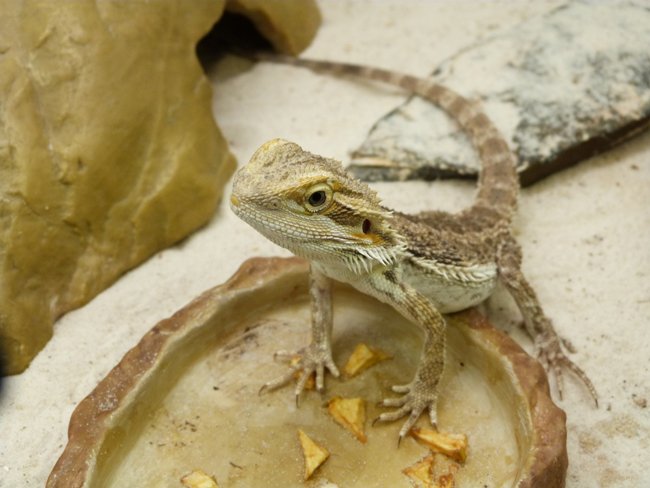This article first appeared on Care2.com
Nearly all fish living in saltwater aquarium tanks began their lives thousands of miles away on warm tropical reefs, according to For the Fishes (FTF), a nonprofit working to protect the future of reefs and wildlife. Many of these fragile fish die before reaching aquariums from poisoning, the stress of captivity or the inhumane practices used in handling and transport to the pet store.
“Most people have no idea that the saltwater fish they are buying for their aquarium were captured in the wild,” said Rene Umberger founder and executive director of FTF and a consultant to the HSUS and Humane Society International on coral reef wildlife issues. “Aquarium hobbyists automatically assume that they are buying fish that were bred in captivity.”

Image credit: Thinkstock
According to FTF, only 2 percent of fish species kept in saltwater tanks can be bred in captivity. The other 98 percent are among the most trafficked animals in the world. They are captured on reefs depleted and degraded from overfishing and cyanide use and exposed to ill treatment leading to prolonged suffering and premature death. On many tropical reefs, methods of wild capture include the illegal use of cyanide as a stunning agent, puncturing of organs, spine cutting and starvation prior to transport.
Continue reading “How to Make Ocean-Friendly Choices for Your Saltwater Aquarium”





